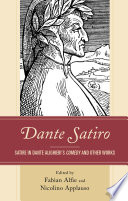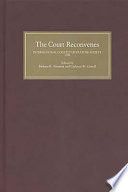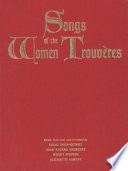*Enjoy the first creators of Arthurian legends, courtly intrigue, and more with our guide to the best 12th century authors. *
The 12th century saw a notable increase in influential texts and poetry from a variety of impactful cultures. More women were using their courtly or monastic positions to write. Philosophers were laying down key tenets of science that would last for centuries.
Table of Contents
Open Table of Contents
-
- Must-Read 12th Century Authors Today
- 1. Chrétien de Troyes (France)
- 2. Geoffrey of Monmouth (Wales)
- 3. Marie de France (England)
- 4. Anna Comnena (Byzantium/Turkey)
- 5. Princess Shikishi (Japan)
- 6. Attar of Nishapur (Persia)
- 7. Wang Shifu (China)
- 8. Hildegard of Bingen (Germany)
- 9. Moses Maimonides (Spain)
- 10. Hartmann von Aue (Germany)
- 11. Robert de Boron (France)
- 12. Fujiwara no Nagako (Japan)
- 13. Layamon (England)
- 14. Ibn Tufail (Spain)
- 15. Andreas Capellanus (France)
- Must-Read 12th Century Authors Today
Must-Read 12th Century Authors Today
1. Chrétien de Troyes (France)
 Chrétien de Troyes via Wikipedia, Public Domain
Chrétien de Troyes via Wikipedia, Public Domain
If you are interested in reading all you can about Arthurian legends, you’ll certainly want to add Chrétien to your list. Not much is known about this French poet (it’s not even entirely confirmed he came from Troyes), but we know that he was classically trained in Latin and was a talented poet known for bringing myths to life. His specialty was Celtic myth, particularly the stories told about King Arthur.
In this field, Chrétien is recognized as one of the first and most important Arthurian writers and was responsible for codifying many of the Arthurian elements we consider everyday knowledge today. A point in case: His last work, [Percival](https://amazon.com/dp/0253207878? tag=work089-20), was sadly unfinished but was the first recognized Arthurian literature where the Grail was mentioned. The rest is – if not history, then at least is a tale permanently etched in the human imagination. You might also be interested in our list of the best Georgian authors).
2. Geoffrey of Monmouth (Wales)
 Geoffrey of Monmouth via Wikipedia, Public Domain
Geoffrey of Monmouth via Wikipedia, Public Domain
Geoffrey of Monmouth is another vital figure in Arthurian literature, albeit a very different one from Chrétien de Troyes. Geoffrey was a Welsh cleric, and his specialty was recording tales of past events. He didn’t have many ways to tell myths and legends from the truth and wrote it all down equally, so he’s commonly regarded as a pseudohistorian at best. Fortunately, that also allowed his work to chronicle ancient British mythic histories, including several stories pertaining to the Arthurian legends.
If you want to focus on his most valuable works, take a look at his Life of Merlin: Geoffrey was instrumental in bringing the character of Merlin to life and making him a part of Arthurian literature. For a broader look, readers may want to try his History of the Kings of Britain.
3. Marie de France (England)
 Illuminated manuscript showing Marie de France’s writing via Wikipedia, Public Domain
Illuminated manuscript showing Marie de France’s writing via Wikipedia, Public Domain
A mysterious poet, we don’t know much about the life of Marie beyond her name. The “of France” moniker indicates that she was likely born in France and migrated to England at some point, where she became known as a writer and poet. Her work quickly became popular and was copied by many early scribes. She appears to have been highly educated, with experience in common forms of poetry and Latin translations.
Perhaps Marie’s most famous work is her collection of [Lais](https://amazon.com/dp/0140447598? tag=work089-20) or fantastical poems, which can still be easily found today, including a number of modern translations. She also created her own version of Aesop’s Fables, which the British found very much to their taste and adopted as early children’s literature.
4. Anna Comnena (Byzantium/Turkey)
 Text written by Anna Comnena via Wikipedia, Public Domain
Text written by Anna Comnena via Wikipedia, Public Domain
Unlike Marie de France, we know an incredible amount about Anna Comnena, thanks to her being the eldest child of Emperor Alexios I Komnenos. She received an unparalleled education and was incredibly ambitious. The writer first vied for her father’s throne, then supported her husband as a potential successor. When her political dreams were shattered, she was forced into exile at a monastery until her death.
This period of exile gave Anna Comnena time to write. So she did: She is responsible for the Alexiad, a history of her father’s entire rule, and one of the most accurate accounts of that period. Today, the work is also valued as a perspective on the life of women in the Byzantine era.
5. Princess Shikishi (Japan)
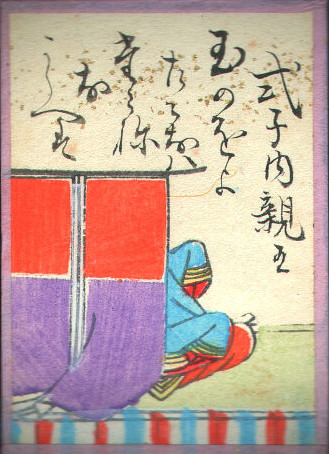 Princess Shikishi via Wikipedia, Public Domain
Princess Shikishi via Wikipedia, Public Domain
Now we travel east for a popular figure in Japanese literature: Princess Shikishi, a noted poet and the third daughter of Emperor Go-Shirakawa. Unlike Anna Comnena, this princess did not appear to have a taste for politics or intrigue. Instead, she spent most of her time at the Kamo shrine and eventually became a Buddhist nun.
You can find nearly 50 poems credited to her in the collection known as [Shin-Kokin Shū](https://amazon.com/dp/9004287582? tag=work089-20). This book of around 2,000 Japanese works of poetry is one of the imperial collections and is considered one of the nation’s most important classical works.
6. Attar of Nishapur (Persia)
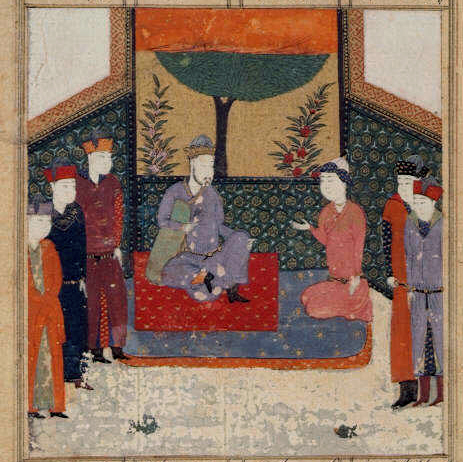 Attar of Nishapur via Wikipedia, Public Domain
Attar of Nishapur via Wikipedia, Public Domain
Attar of Nishapur was a follower of Sufism and a skilled writer in the mystic Islamic style, composing both poetry and important sayings of Sufism. While his work is very well known, little is left about his life. His writing seemed to spread primarily after his death by mystic poets who considered themselves his students. Given some of the pseudonyms he used when writing and other reports, it’s theorized he was the son of a chemist or doctor and was knowledgeable about apothecaries.
One of his most famous works is The Conference of Birds, which is available as a translation. It’s an epic poem that combines some references from the Quaran with a fantastical tale about a court of birds gathering to decide who should be their king and confronting the flaws of mortal life in the process. Those familiar with Dante’sInfernomay recognize similarities in this work.
7. Wang Shifu (China)
Wang Shifu (Wang Dexin) was a noble-born playwright from Dadu, modern-day Beijing. He began his adult life as a politician and auditor but eventually moved to a career in writing. At that time, theatrical forms were highly standardized, and actors were limited in what they could do with their roles. Wang pushed the boundaries with excellent results, assigning more singing roles and working to develop even minor characters in more interesting ways.
While there are 14 known plays from Wang Shifu, only three have survived. The most famous of these is the [Romance of the Western Chamber](https://amazon.com/dp/1929468288? tag=work089-20), which is regarded as one of the most remarkable historical Chinese plays. It’s an example of his excellent writing and adoption of techniques like foreshadowing, emotional growth, and other tricks that would become highly regarded in the genre.
8. Hildegard of Bingen (Germany)
 Hildegard of Bingen via Wikipedia, Public Domain
Hildegard of Bingen via Wikipedia, Public Domain
Hildegard was one of the most prolific and influential nuns of the century and is responsible for much of our knowledge about Europe’s scientific and artistic state during this period. We know that she was elected to a magistrate position within her nunnery, and she found two monasteries of her own. But her true legacy is the large amount of preserved writing we have.
Hildegard wrote botanical and medical texts and songs for liturgy, poetry, philosophy, letters, and theological works. She was even responsible for a morality play, which is often considered the oldest play historians have found. These many different works in her Selected Writings allow readers to choose which aspect of history they are most interested in, making Hildegard a great choice for learning more about the era.
9. Moses Maimonides (Spain)
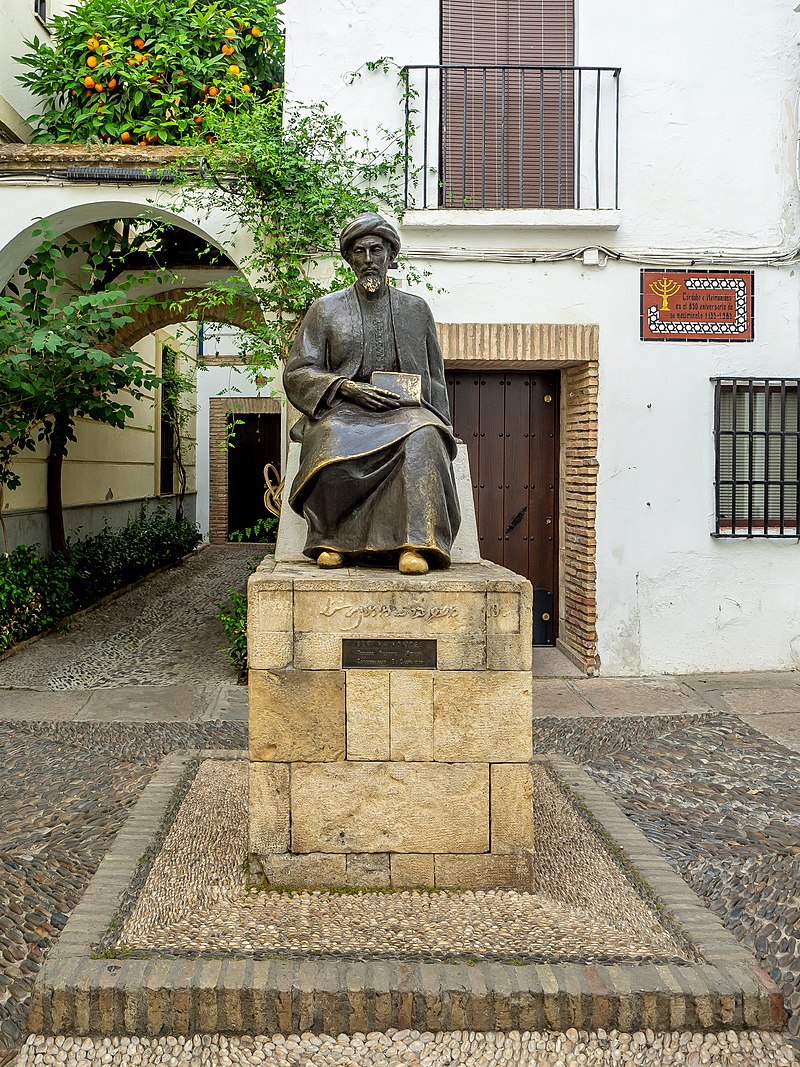 Moses Maimonides via Wikipedia, Public Domain
Moses Maimonides via Wikipedia, Public Domain
This philosopher was born in Spain and worked as a physician and philosopher in Egypt. Throughout his life, he studied his surroundings, religions, philosophies, and science. Perhaps this varied background gave him the experience he needed to write remarkable works, particularly on the Torah. Today he is regarded as one of the greatest medieval Jewish philosophers and known for personal treating historical figures from Sultan Saladan to Richard the Lionheart.
Now you can see why Maimonides is on the list – but where should readers start? Today, one of his most popular works for casual fans is The Guide of the Perplexed. This was an early apologetic work for Jewish texts that cautioned believers not to take the Bible too literally but rather apply its lessons in a general or symbolic way.
10. Hartmann von Aue (Germany)
 Hartmann von Aue via Wikipedia, Public Domain
Hartmann von Aue via Wikipedia, Public Domain
Hartmann had the curious honor of being both a knight and a poet, born to lower nobility and educated at a monastery. He participated in one known crusade but is most famous for bringing Arthurian legends to a German audience. He wrote several influential poems based on the works of Chrétien de Troyes, including Erecand Iwein. His combination of religion and knighthood makes him another worthwhile pick for any reader interested in the period.
11. Robert de Boron (France)
 Robert de Boron via Wikipedia, Public Domain
Robert de Boron via Wikipedia, Public Domain
Another important Arthurian poet, Robert de Boron, tightened up the mythos introduced by previous writers. He mentions only a few details of his life, although he does refer to himself as both a clerk and a knight under Gautier de Montbéliard in France.
Very little else is known about his family or origins. Two vital works of Robert de Boron are [Joseph of Arimathea and Merlin](https://amazon.com/dp/0859917797? tag=work089-20). These codified the religious tale of the Holy Grail and were more or less adopted as canon for the Arthurian legends by later writers.
12. Fujiwara no Nagako (Japan)
Fujiwara no Nagako’s tale sounds like a novel itself. She was known as a servant to two Japanese emperors in the Heian period, possibly as a concubine, although details are limited. It’s reported that she eventually went mad from grief after serving the first emperor, although political intrigue may have also played a role in her fall from grace.
Today, she is known for her volumes of Sanuki no Suke Nikki, a record of court events. It used a form of the time that combined a private diary with a more official type of poetry. Volumes like these are now invaluable for their close look at court activities and politics and how emperors spent their time daily. The works also offer examples of the poetry of the era. While only two volumes have ever been found, there is some evidence that a middle volume was also written.
13. Layamon (England)
Layamon was a somewhat mysterious poetical figure, although he does describe himself as a priest living in Worcestershire. You may have noticed that the early writers translating old legends into our modern Arthurian myths had specialties, such as adding details to the legend of the grail.
Layamon’s specialty was codifying and developing the idea of the Knights of the Round Table, which can be seen in his important work [Brut](https://www.amazon.co.uk/dp/B004TIKKH2? tag=work089-20). He was a direct inspiration for premier Arthurian writers like Sir Thomas Malory.
14. Ibn Tufail (Spain)
 Ibn Tufail via Wikipedia, Public Domain
Ibn Tufail via Wikipedia, Public Domain
You may have noticed that several writers from this era were experts in many different disciplines, all of which informed their writing. One of the greatest examples is Ibn Tufail, a vizier who was well-versed in medicine, astronomy, philosophy, Islamic theology, and more. He served several leaders in various capacities and inspired many students who went on to thrive in their disciplines.
It isn’t easy to pick a single work, but the writer’s Hauu ibn Yaqdhan is a good starting place. It appears to be the first known example of combining a novel (in this case, a fairytale-like fantasy) and a work of philosophy. Attar of Nishapur did something similar, but with religion instead of philosophy. Ibn Tufail is also well-known for his expert astronomy work, which helped bring a new age of understanding for science.
15. Andreas Capellanus (France)
Very little remains of the history of Andreas Capellanus except for one incredibly important work: De Amore, which is often translated into English as [The Art of Courtly Love](https://www.amazon.com/dp/0231073054? tag=work089-20). This three-volume works appears to be requested by Marie de Champagne, a daughter of King Louis VII. It covers basic terms and definitions for courtly romance, the do’s and don’ts of court love affairs, and how romantic dialogue should proceed in a polite court.
The book remains controversial despite how seriously it was taken at the time. Experts aren’t sure just how much of it was meant to be satirical or sharpwitted, how much was largely made up instead of descriptive, and what court inspired it. Whatever the case, it was incredibly influential for medieval concepts of how court romance should progress.
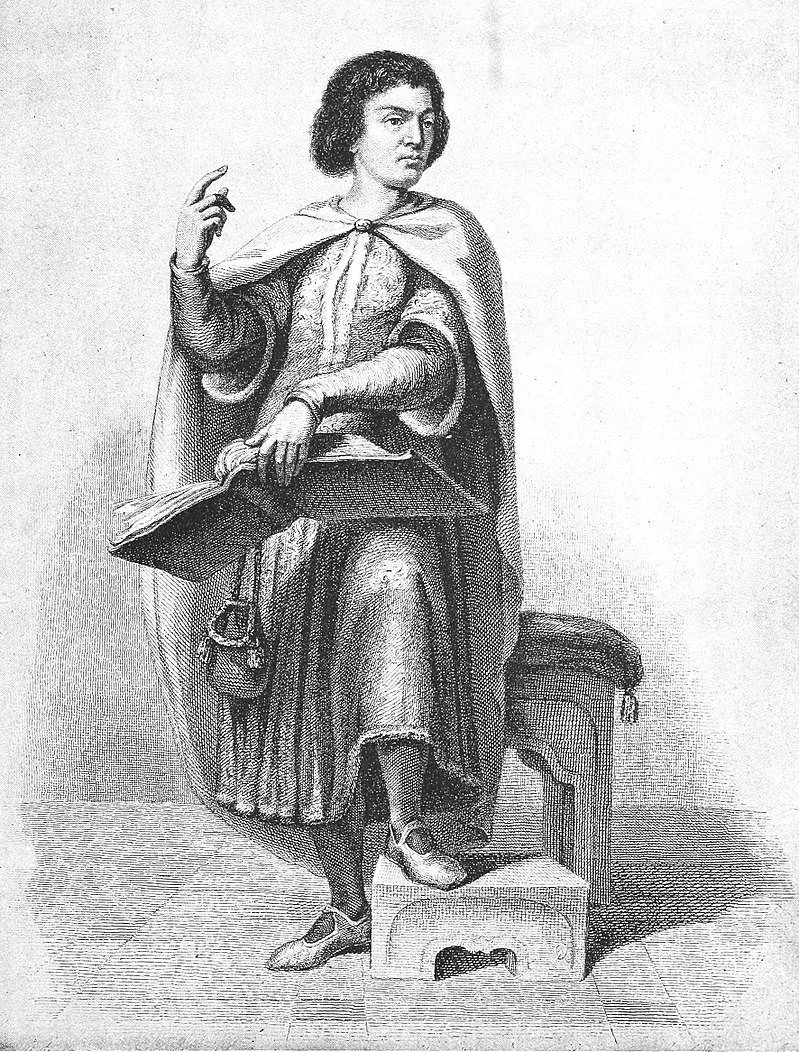 Pierre Abélard via Wikipedia, Public Domain
Pierre Abélard via Wikipedia, Public Domain
Frequently Asked Questions
What makes great historical fiction?
Great historical fiction combines accurate historical detail with compelling storytelling. It should transport readers to another time while telling engaging stories about characters who feel authentic to their period while remaining relatable to modern readers.
How accurate does historical fiction need to be?
Historical fiction should be reasonably accurate in its major historical details, but authors can take creative liberties with minor elements and character interactions. The key is maintaining the feel and authenticity of the period while telling a good story.
Why read historical fiction?
Historical fiction offers entertainment while educating readers about different time periods and cultures. It can provide insights into how people lived, thought, and experienced major historical events, making history more accessible and engaging.
What are the best historical fiction books?
The best historical fiction books include ‘The Pillars of the Earth’ by Ken Follett, ‘Wolf Hall’ by Hilary Mantel, ‘The Book Thief’ by Markus Zusak, and ‘All the Light We Cannot See’ by Anthony Doerr. These books excel at both historical accuracy and storytelling.
16. Pierre Abélard (France)
If you’re interested in the origins of philosophy and law, Pierre Abélard is one of the most important early European figures. His life was marred by tragedy due to his love for his wife, who he sought to protect because of her abusive uncle. That uncle then hired men to attack and castrate him, after which he retired from public life to live in a monastery.
Pierre Abélard’s writings, like the Historia Calamitatum, introduce various important concepts widely recognized today. That includes the concept of limbo and the idea that intent should play a role in determining a legal sentence. He laid the groundwork for many important philosophers to come in later years. Looking for something different?


